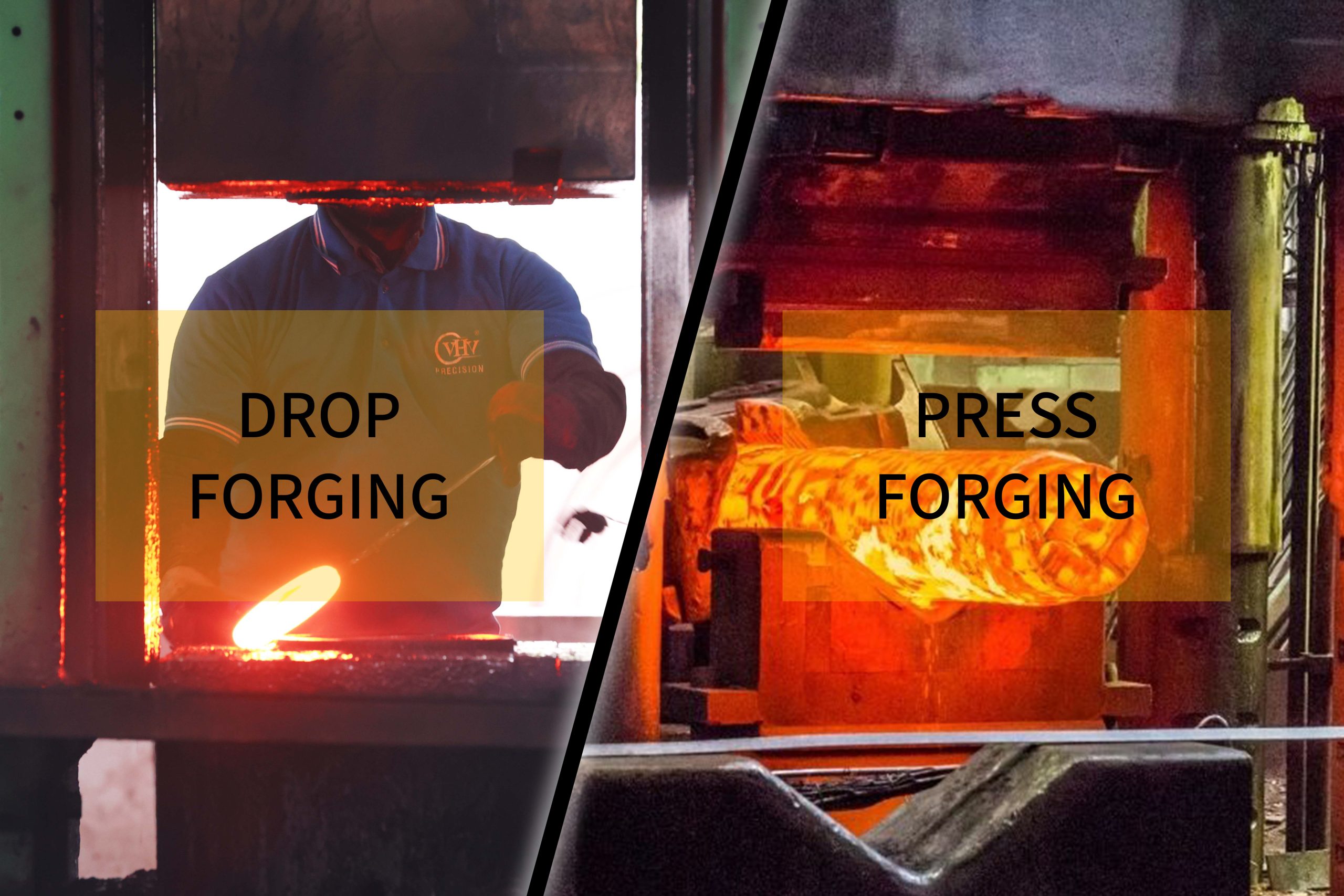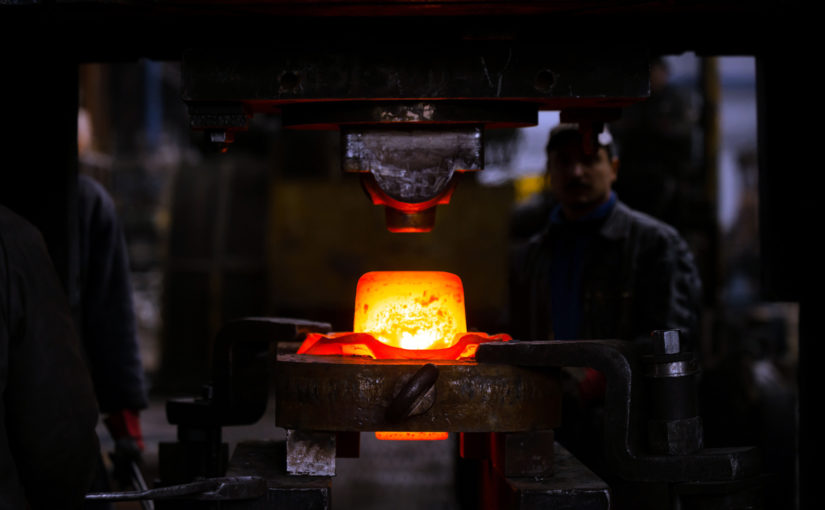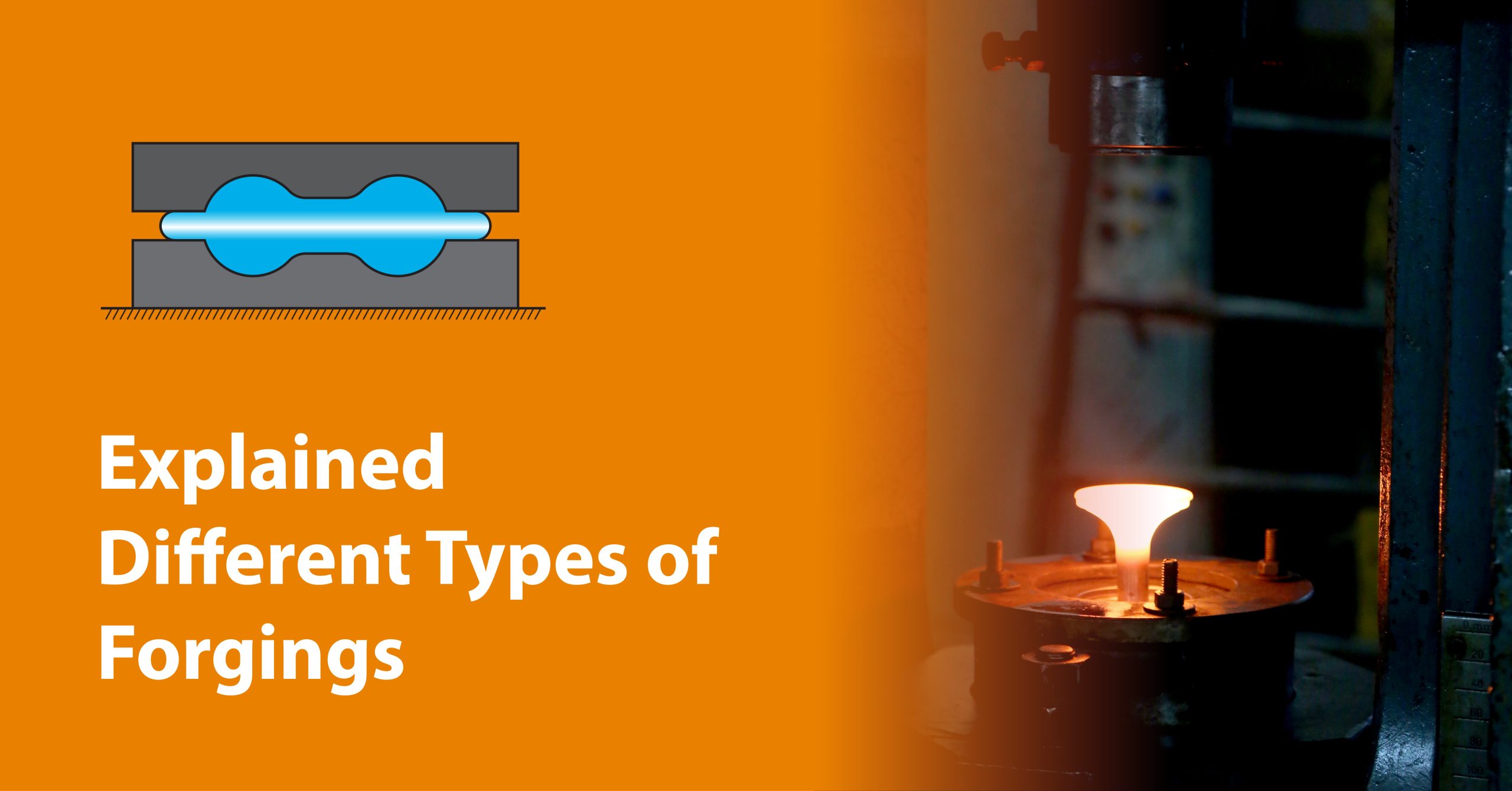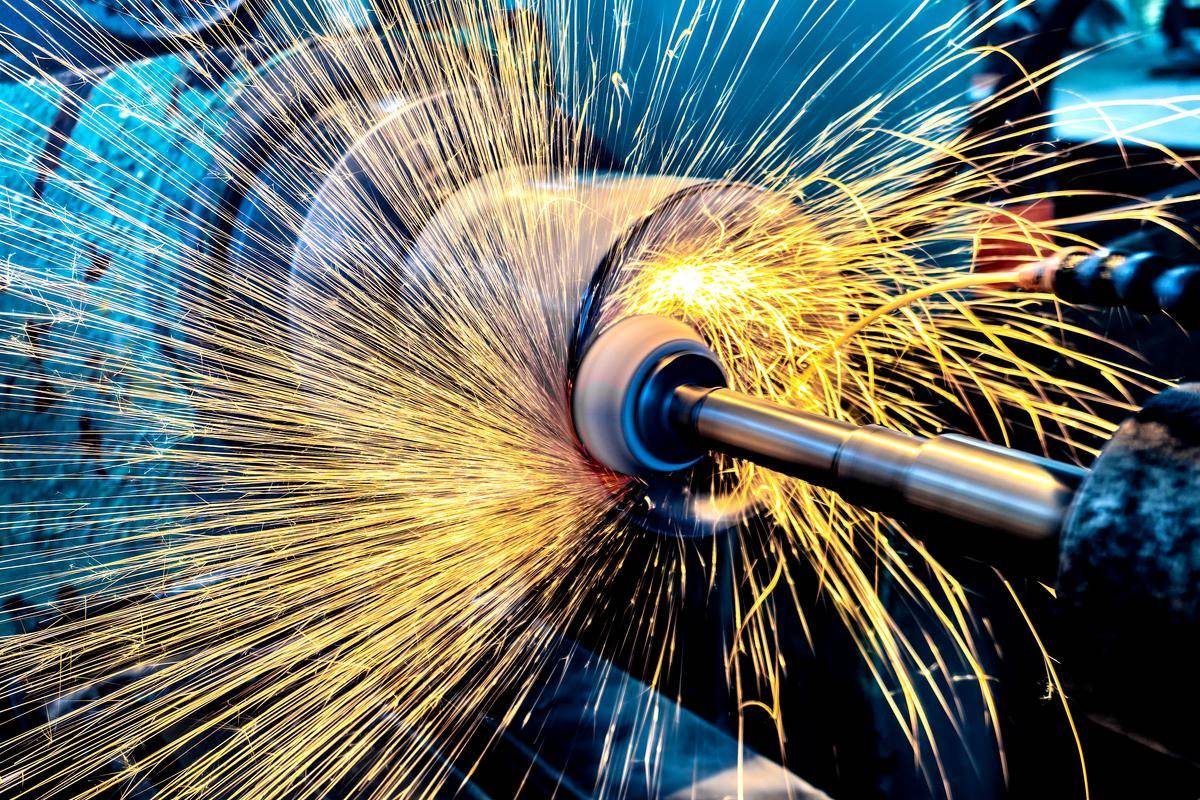In the realm of metalworking, the forging process stands as one of the oldest and most fundamental techniques for shaping metals into various forms. Among the different methods employed in forging, two prominent techniques often used are drop forging and press forging. While both methods aim to achieve the same result — moulding metal into desired shapes — each approach has its distinct characteristics, advantages, and applications.
Drop Forging: The Art of Controlled Impact
Drop forging, also known as hammer forging, embodies a
technique where force is applied to the metal through the use of a hammer or a
die. The process involves the repeated striking of the workpiece by a hammer,
often raised and released mechanically or by steam or hydraulic power. The
impact from the hammer shapes the metal into the desired form by forcing it
into the shape of the die.
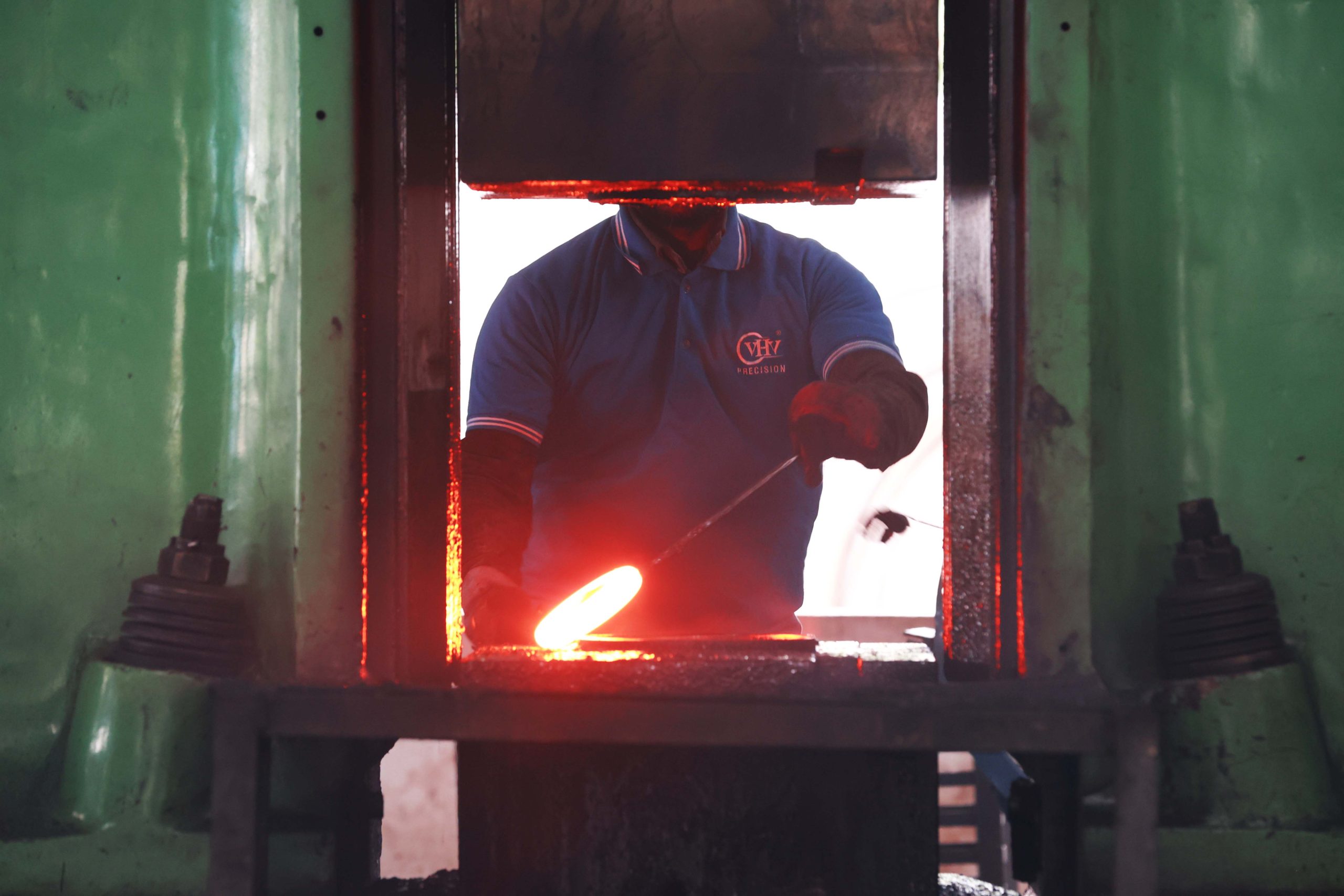
Key Aspects of Drop Forging:
Energy Transfer: The energy transferred during drop forging is high, resulting in rapid shaping of the metal.
Greater Strength: Due to the nature of impact and deformation, drop forging often results in superior mechanical properties, including improved strength and structural integrity.
High Production Rates: Drop forging is well-suited for mass production due to its ability to create parts quickly.
Cost-Effectiveness: It can be more cost-effective for certain types of parts due to the relatively simple machinery involved.
Drop Forging: Technical Insights
1. Impact and Deformation:
Drop forging utilizes high-impact forces generated by a falling hammer or a power-driven device. The energy generated during impact causes plastic deformation in the metal, shaping it into the desired form.
Forging hammers or presses used in drop forging typically range from 1,000 pounds to several thousand pounds of striking force, enabling rapid shaping of the metal.
2. Grain Structure and Material Properties:
The rapid deformation and high forces involved in drop forging result in a refined grain structure within the metal. This refined grain structure contributes to improved mechanical properties such as enhanced strength, better fatigue resistance, and increased toughness.
Metals forged through this method often exhibit superior directional strength due to the alignment of grain flow along the contours of the part.
3. Types of Drop Forging:
There are various types of drop forging techniques, including open-die forging and closed-die forging. Open-die forging involves shaping the metal between flat or simple-shaped dies, while closed-die forging confines the metal within specifically shaped dies, producing more intricate
and precise components.
Press Forging: The Precision of Continuous Force
In contrast, press forging involves applying continuous pressure or force to deform the metal into the desired shape. This technique utilizes hydraulic or mechanical presses to exert controlled and sustained pressure on the workpiece, gradually shaping it into the form of the die.
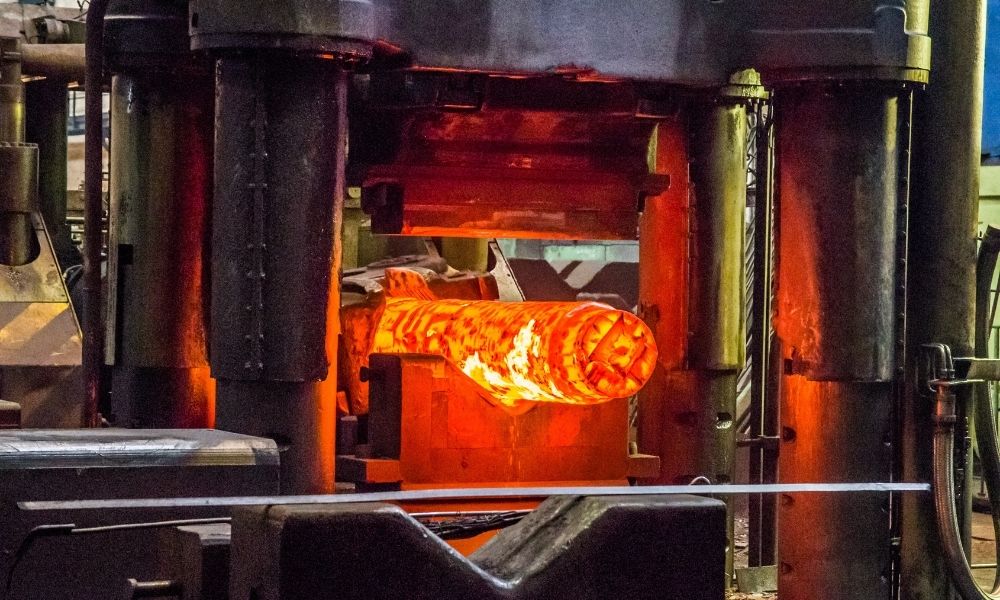
Key Aspects of Drop Forging:
Precision and Control: Press forging offers precise control over the deformation process, allowing for the creation of intricate and detailed shapes.
Consistency: The steady application of force results in uniformity and consistency in the forged parts.
Versatility: It is suitable for a wide range of metals, including both simple and complex shapes.
Lower Impact: Compared to drop forging, press forging exerts less impact on the workpiece, which can be advantageous for certain materials or intricate designs.
The Key Differences and Applications:
1. Method of Force Application:
Drop forging uses high-impact forces in a rapid manner.
Press forging applies continuous and controlled pressure to
shape the metal.
2. Suitable Applications:
Drop forging is often preferred for creating stronger, less
intricate parts in high-volume production, like automotive components.
Press forging finds its niche in producing more intricate
and complex parts that require precision, such as aerospace components or
high-precision tools.
3. Material Consideration:
While both methods can work with various metals, the impact
of drop forging might not be suitable for more brittle materials, whereas press
forging can handle a broader range of materials.
In conclusion, both drop forging and press forging are
invaluable techniques in the metalworking industry, each offering unique
benefits and serving specific purposes. The choice between these methods
ultimately depends on the desired outcome, material properties, complexity of
the part, and the required production volume.
Understanding the variances between drop forging and press
forging allows manufacturers and engineers to select the most suitable method
to achieve the desired quality, strength, and precision in their forged
components.
Press Forging: Technical Insights
1. Continuous Pressure and Forming Speed:
Press forging applies a continuous, controlled force to
shape the metal. Hydraulic or mechanical presses exert pressure gradually,
allowing for precise control over the deformation process.
Presses used in forging operations often range from hundreds
to thousands of tons of force, providing the necessary pressure for shaping
complex parts.
2. Precision and Tooling:
Press forging allows for the creation of intricate and
highly detailed shapes with consistent accuracy. The use of specialized tooling
and dies enables the production of complex geometries and tight tolerances.
The ability to maintain constant pressure throughout the
process results in parts with uniform dimensions and minimized material waste.
3. Materials and Applications:
Press forging accommodates a wide range of materials,
including steel, aluminum, titanium, and exotic alloys. It is particularly
suitable for producing components requiring high precision and intricate
designs, such as gears, aerospace parts, and medical implants.
Comparative Analysis and Considerations
1. Process Control and Complexity:
Drop forging, with its high-impact nature, might be more
challenging to control for intricate designs or materials prone to cracking
under sudden forces.
Press forging provides superior control, making it
well-suited for complex shapes, detailed designs, and materials requiring
precision.
2. Material Suitability:
While both methods can forge various materials, drop
forging’s high impact may not be suitable for more brittle materials or
intricate designs that require careful control over the deformation process.
Press forging’s continuous pressure makes it adaptable to a
broader range of materials and intricate designs.
Understanding the technical nuances between drop forging and
press forging allows manufacturers and engineers to make informed decisions
based on the specific requirements of their components. Both methods offer
distinct advantages and considerations, enabling the production of high-quality
forged parts tailored to different applications and material characteristics.
Differences Between Drop Forging and Press Forging
|
Comparison |
Drop Forging |
Press Forging |
|
Method |
Uses a hammer to shape metal into
the desired form |
Uses a press to apply pressure to
the metal, forcing it into the desired shape |
|
Equipment |
Requires a drop hammer or power
hammer |
Requires a hydraulic or mechanical
press |
|
Production speed |
Generally slower than press forging |
Generally faster than drop forging |
|
Material shape |
Works best with simple shapes and
small to medium-sized parts |
Can handle more complex shapes and
larger parts |
|
Surface finish |
Generally, results in a rougher
surface finish than press forging |
Can produce a smoother surface
finish |
|
Material waste |
Produces more waste material than
press forging due to the need for trimming and finishing operations |
Produces less waste material |
|
Cost |
Often more expensive due to the
specialized equipment required |
Often less expensive due to the
versatility of the equipment |
|
Strength |
Generally, results in stronger parts
due to the deformation and compression of the metal |
Generally, produces slightly weaker
parts due to the less intense deformation of the metal |

